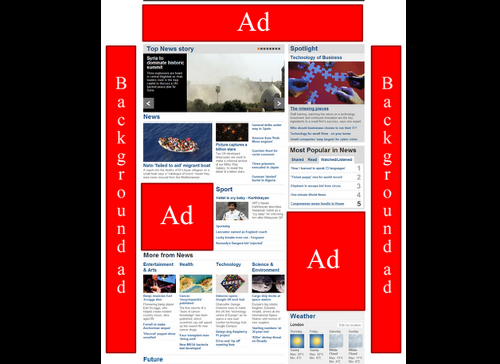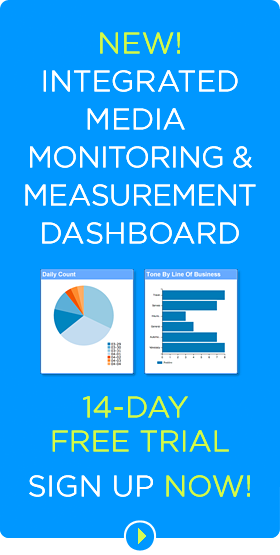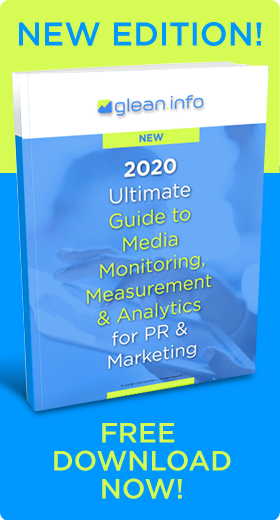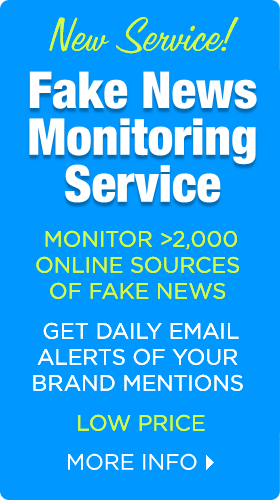 Ad blocking software poses a threat to both publishers and digital marketers. Adblockers are costing publishers billions of dollars each year and, possibly, even threaten the Internet business model of free content financed by advertising.
Ad blocking software poses a threat to both publishers and digital marketers. Adblockers are costing publishers billions of dollars each year and, possibly, even threaten the Internet business model of free content financed by advertising.
Ad blocking software will cost publishers almost $22 billion this year, estimates research by Page Fair and Adobe. The software has grown 41 percent in the past 12 months to 198 million monthly active users, it says. [Confession: I use an adblocker that stops most popups, an effective but extraordinarily annoying type of online advertising.] Ad blocking in the U.S. increased 48 percent in the past 12 months, reaching 45 million active users. It grew 82 percent in the UK to reach 12 million users.
Besides continuing its fast growth on desktop, ad blockers have expanded to mobile users in Asia and will enter mobile use in the West with the upcoming launch of blocking software on Apple’s iOS. In the second quarter of 2015, mobile accounted for 38 percent of all web browsing, but only a small fraction of mobile users now have ad blocking software.
A Game Changer
“The release of iOS 9 in the Fall of 2015 may be a game changer, as it will allow users to easily install ad blocking from the App Store,” the report states.
The proliferation of ad blocking tools threatens viability of the web as a platform for free ad-supported content, it warns.
“Since our last report, the existential threat of ad blocking has become a pressing issue in the boardrooms of publishers across the world,” the PageFair team warns. The company recommends a “concerted response” based on user experience.
Most visitors to online publications are no longer willing to accept interruptions as a price of free content. They also balk at having to link from page to page of longer articles so that publishers can show more ads, especially if page-loading is slow. [TheStreet.com – that means you.] Publishers and advertisers must design online ad formats that attract attention, but don’t interrupt the user experience. Publishers must be more cognizant of user needs. Meeting the needs and preferences of readers – providing them a good user experience — will also benefit advertisers.
PageFair provides publishers with analytics to measure how many of their visitors are blocking ads and a system that displays “adblock-friendly” ads to adblock users. Naturally, the company offers its product as a solution to the dilemma.
Integrated Digital Marketing Solution
Relying solely on interruptive online advertising is almost certainly not the best digital marketing strategy – and is likely the most costly. An integrated marketing strategy that includes native advertising, content marketing and social media activities may be the best approach for many types of advertisers to deliver their marketing messages to large online audiences.
Several studies, including research by IPG Media Lab and Sharethrough, have found that native ads drive higher brand awareness and visibility than banner ads.
Native advertising, also known as sponsored content, improves the consumer experience when done correctly. “Done correctly” are the operative words. Successful sponsored content meets the same quality standards as editorial content, delivers value to the viewer, and is in line with the website’s style and content. The best native advertising naturally weaves the marketing message into the content without being obviously promotional. When customers expect to read or watch compelling content and are met with irrelevant, overly promotional content, they get angry.
It’s essential that native advertising be clearly labeled as paid to meet FCC disclosure regulations and as well as to alert viewers.
“Marketers need to continue telling the right story at the right time, of course, but they also need to do it in a way that delights, entertains, or informs the viewer,” writes Campbell Foster, director of product marketing for Adobe.
Content marketing – editorial content that incorporates consumer education along with a subtle marketing message – likewise performs well in digital media. Developing relationships with consumers on social media networks including Facebook, Google+, Pinterest, Instagram, and Twitter has also proven to be an effective marketing approach. Weaving all elements into an integrated digital marketing plan is what seems to deliver the best return on marketing investment.
Bottom Line: Many marketers are increasing their budgets for digital advertising by reducing expenditures in traditional print and broadcast media. But many consumers have installed ad blocking software on their desktop and laptop computers to avoid advertising that disrupts their user experience in digital media. Consumers have also learned to ignore many of the standard digital advertising formats.
The established digital advertising formats may also not be as effective on mobile devices. As a result, relying solely on digital advertising may not be the most effective or cost-efficient marketing strategy. Savvy marketers employ an integrated digital marketing strategy that combines traditional advertising with native advertising, content marketing, and participation on social media networks. That seems to be the winning approach in digital marketing.
William J. Comcowich founded and served as CEO of CyberAlert LLC, the predecessor of Glean.info. He is currently serving as Interim CEO and member of the Board of Directors. Glean.info provides customized media monitoring, media measurement and analytics solutions across all types of traditional and social media.





Trackbacks/Pingbacks